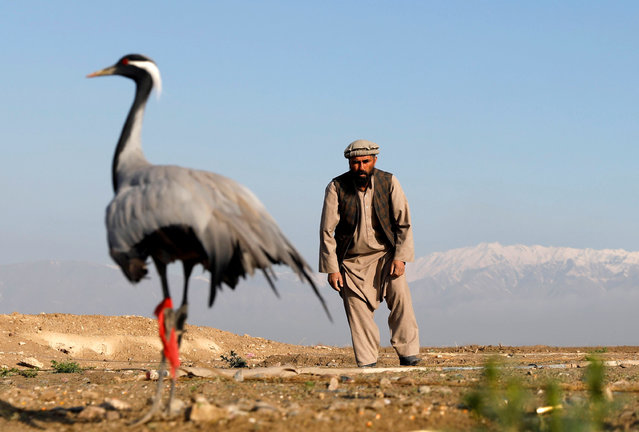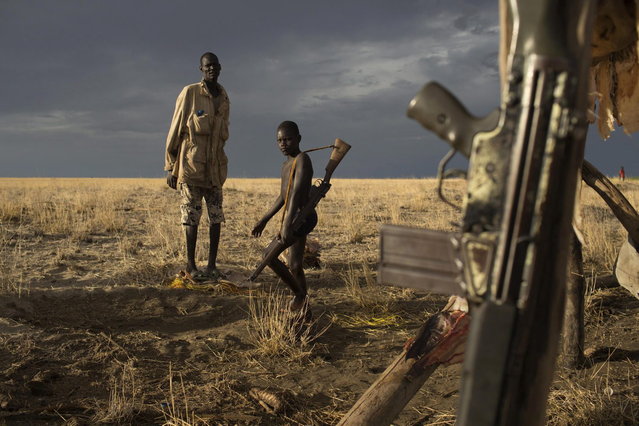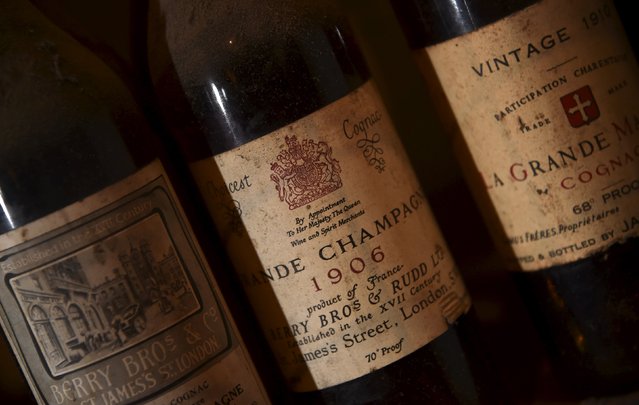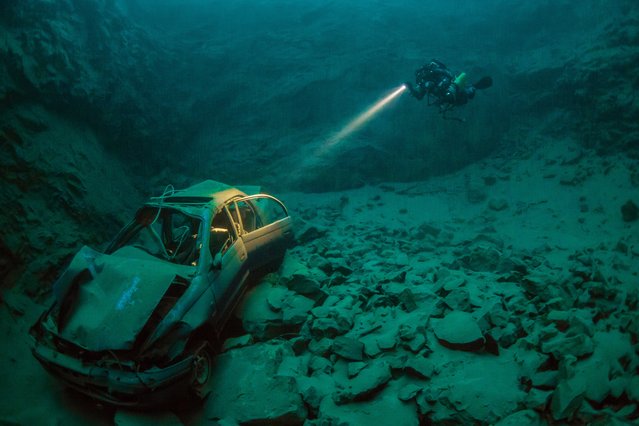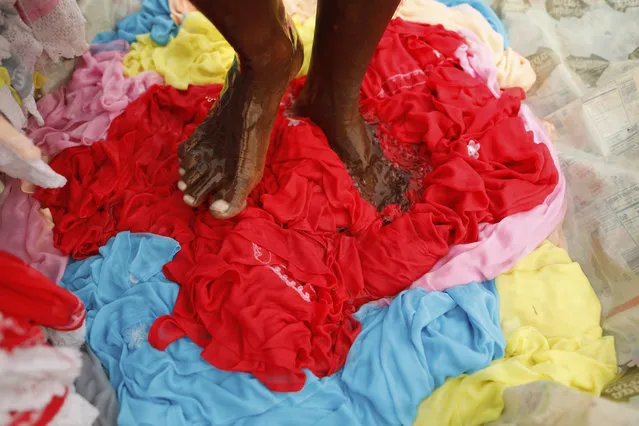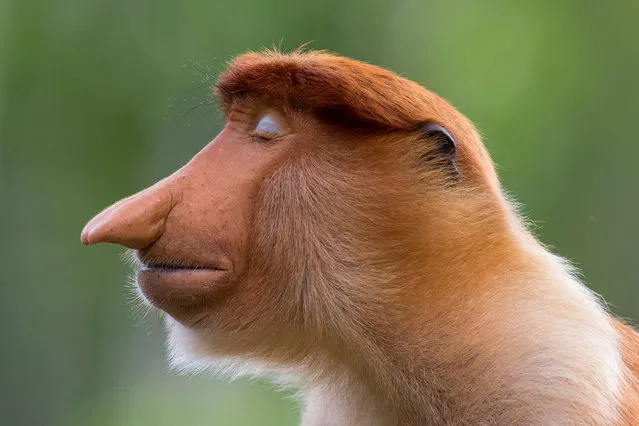
The Clementinum (Klementinum in Czech) is a historic complex of buildings in Prague. Until recently the complex hosted the National, University and Technical libraries, the City Library also being located nearby on Mariánské Náměstí. The Technical library and the Municipal library have moved to the Prague National Technical Library at Technická 6 since 2009. It is currently in use as the National Library of the Czech Republic. In 2005, the Czech National Library received the UNESCO Jikji prize (Memory of the World).
15 Sep 2013 10:04:00,post received
0 comments

